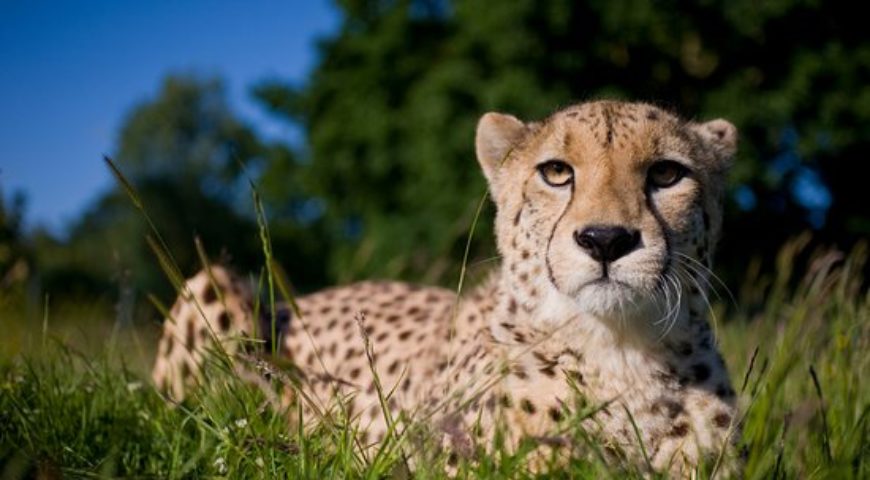
Big Cat Edition
With World Wildlife Day honoring the big cats recently, this week’s Saturday Safari blog focuses on lions and leopards. There is good news concerning lions in Malawi and Rwanda. Once extinct in those countries, the lion populations are growing thanks to better enforcement and park management. Finally, in India of all places, the leopard population is credited with protecting locals from stray dogs.

Lions Return to Liwonde National Park in Malawi
Lions were released into Liwonde National Park in Malawi in February, as the nation continues to rebuild its wildlife in partnership with the African Parks conservancy organization. Two lions were moved to Liwonde from Majete Wildlife Reserve, with eight more planned to be moved later. Lions were heavily poached in Malawi. A conservation plan was implemented, and lions were transported from South Africa to the better secured national parks. The plan has been a success, with the Majete lion population growing enough to make transfers to other wildlife reserves possible. It’s more good news for Malawi, which was ranked number three on the Rough Guide’s 18 Places to Visit in 2018 (South Africa was number 14). “Check in now before the crowd do,” states the article. With tourism in more well-known safari destinations such as Kenya and Tanzania on the upswing, more adventurous types may seek an adventure off the beaten path in Malawi.

Lion Population Increasing in Rwanda
The lion population is also increasing at Akagera National Park in Rwanda. According to the magazine The East African, there will be 34 to 40 lions at Akagera by 2020. That’s over twice their 2017 population of 15. Like with Malawi, lions were reintroduced into Rwanda from South Africa after human-wildlife conflict decimated their numbers. Strict anti-poaching measures and adequate prey populations have led to bigger big cat numbers.
Leopards in India Protecting Locals
When you think of leopards, public service is not a term that comes to mind. That’s the case in Mumbai, India where a large leopard population at Sanjay Gandhi National Park helps keep the stray dog population in check. There are roughly 40 leopards living in the park. Stray dogs make up around 40 percent of the cats’ diet. The results, according to researchers Christopher O’Bryan and Alexander Braczkowski, are less stray dogs in the area and fewer dog attacks on humans with a corresponding saving in healthcare related to dog bites. Leopards are normally known as pests for farmers, but here’s an example of the cat’s hunting habits doing some good.
Contact us. We’d love to hear from you for Reservation and Information.
Phone: 714-985-3456
Email: info@bestsafaris.com


